Across the world’s rivers, wastewater plants, rice paddies, and even the soil beneath our feet, tiny organisms are quietly shuttling electrons in ways that could redefine energy as we know it. The dilemma is stark: we need cleaner power and smarter storage, yet we waste mountains of organic matter brimming with unused chemical energy. The twist is that certain microbes have evolved to treat that “waste” like a buffet and, in the process, push currents across metal surfaces. Researchers are now turning those invisible tricks into devices that harvest electricity, produce fuels, and lock away carbon. It’s not science fiction; it’s a frontier hiding in plain sight, humming at the scale of cells.
Power From Mud and Metal
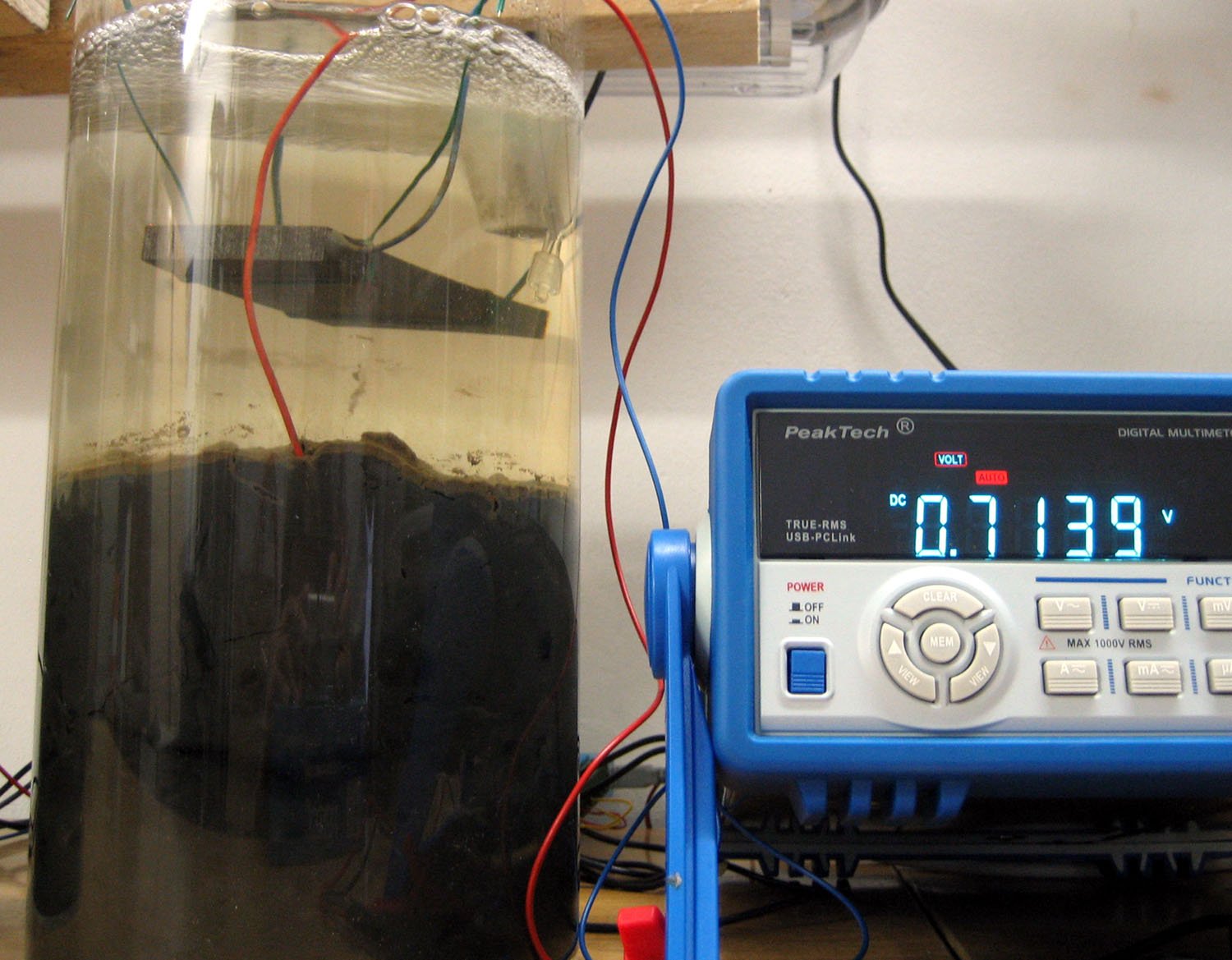
What if the next big battery lives in a handful of river mud? In that dark slurry, bacteria that “breathe” minerals naturally move electrons to iron or manganese, and with the right electrodes, that flow becomes a measurable current. Early laboratory rigs looked like science-class terrariums – mud-packed chambers wired to LEDs – and yet they proved a radical point: living cells can power circuits. Today’s setups replace glass jars with engineered bioelectrochemical systems, tuning pH, temperature, and electrode geometry for steadier output. The feeling is almost mischievous – flipping on a light fueled by the leftovers of life.
I once stood at the edge of a marsh with a pocket-sized sensor that drew a trickle of power directly from the sediment, and it felt like listening to a secret. These “sediment batteries” won’t run a city, but they can drive low-power instruments in places where swapping batteries is a nightmare. They thrive on what nature already supplies – organic debris, minerals, and microbes that love both. That elegance is the headline: no pipelines, no smokestacks, just biology doing biology. The challenge, of course, is scaling that quiet resilience into workhorse systems that matter on the grid.
The Hidden Clues
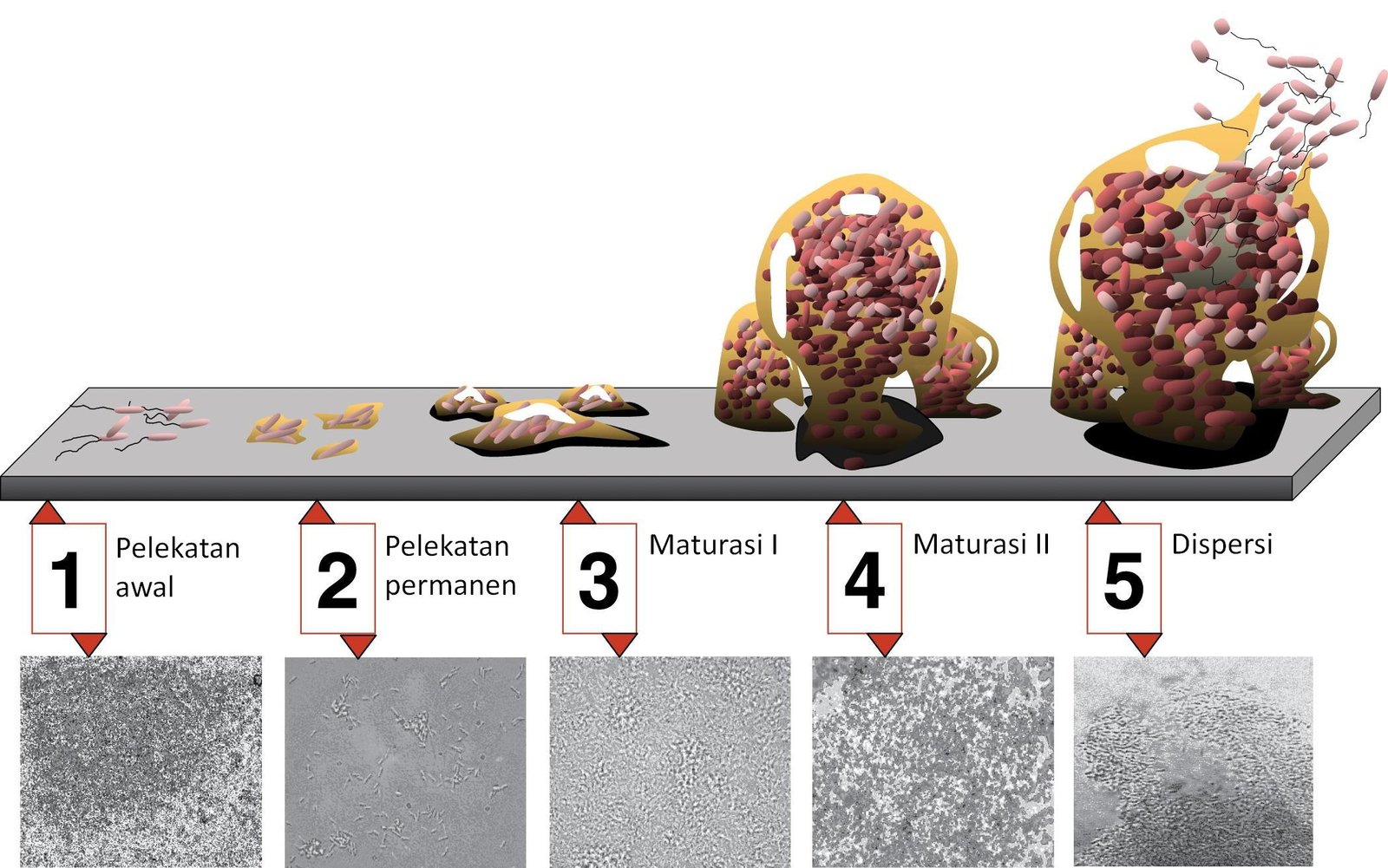
Decades ago, scientists noticed that some microbes seemed to pass electrons beyond their own membranes, as if the outside world were part of their circuitry. That observation planted a seed that would grow into an entire field focused on extracellular electron transfer. Cultures isolated from sediments and wastewater revealed a cast of microbial specialists adept at forming biofilms on carbon felt and metal mesh. As those biofilms thickened, current output often climbed, hinting at intricate microbial teamwork across micrometer distances. The picture that emerged was not a single superstar microbe, but a community conducting like a living circuit board.
Genetic and imaging studies later illuminated tiny protein complexes and conductive appendages that help ferry charge across cells and onto electrodes. The language is technical – cytochromes, redox shuttles, conductive pili – but the story is simple: evolution found many ways to move electrons. That diversity is a gift to engineers, because it means there are multiple knobs to twist when designing devices. Swap the microbe, tweak the nutrient flow, alter the electrode, and the performance map changes. Like a symphony, the same score can sound wildly different with new instruments.
Microbial Alchemy: Turning Waste Into Watts
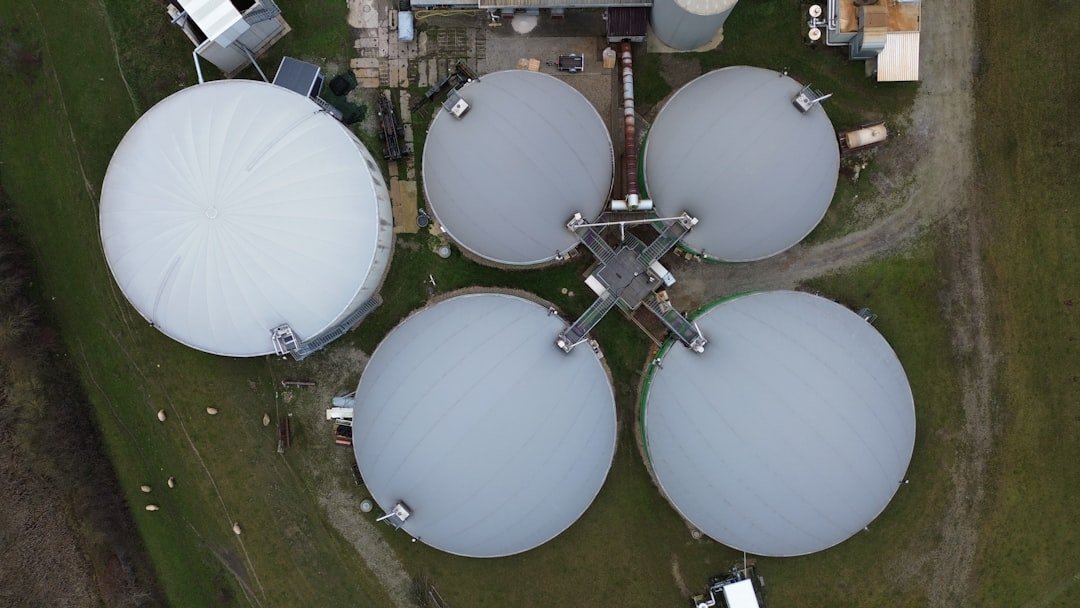
Organic waste is basically energy in disguise, and microbes are masters at unmasking it. In anaerobic digesters, complex communities break down sludge and food scraps into biogas that can spin turbines or feed the gas grid. In microbial fuel cells, different consortia push electrons directly to electrodes while cleaning wastewater at the same time. The concept flips an old script: treatment plants no longer just pay to remove pollution; they can earn value from it. Even modest gains matter when multiplied across thousands of facilities handling vast flows every day.
Breweries, farms, and municipal plants increasingly test pilot rigs that wring electricity or methane from streams once treated as costly burdens. The environmental math improves when you consider avoided emissions from decomposing waste and displaced fossil power. On-site energy also means resilience – keeping critical pumps and monitoring systems alive during outages. This is energy that doesn’t need to be imported, shipped, or mined, because it was already passing through the gate. The trick is tailoring microbial communities so they stay robust while the waste stream keeps changing.
Rewriting the Bioelectric Rulebook
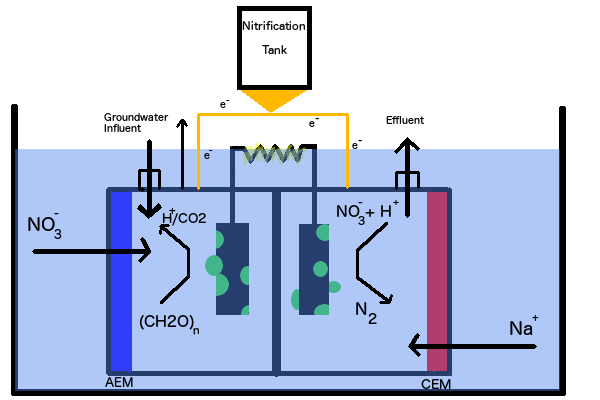
The most daring ideas sit at the crossroads of microbiology and electrochemistry. In microbial electrosynthesis, microbes fed with electricity and carbon dioxide build liquid fuels and chemicals, essentially turning power into products. Other biohybrid designs pair light-absorbing materials with microbes so sunlight drives the chemistry, merging solar panels and living factories. Engineers are also crafting electrodes with fractal textures and novel coatings to help biofilms grow thick and transfer charge with fewer losses. Every improvement, from the shape of a pore to the placement of a catalyst, can nudge performance upward.
There’s a quiet revolution in materials too, replacing pricey metals with carbon-based structures and enzymes that play well with cells. Some teams wire microbes to nanoparticles that act like tiny jumpers, bridging gaps where electrons would otherwise stall. Others cultivate communities that share the load – one species grabbing electrons, another stitching carbon into longer molecules. Piece by piece, a rulebook emerges for building living circuits that are efficient, stable, and scalable. It feels less like constructing a machine and more like gardening with electricity.
Why It Matters
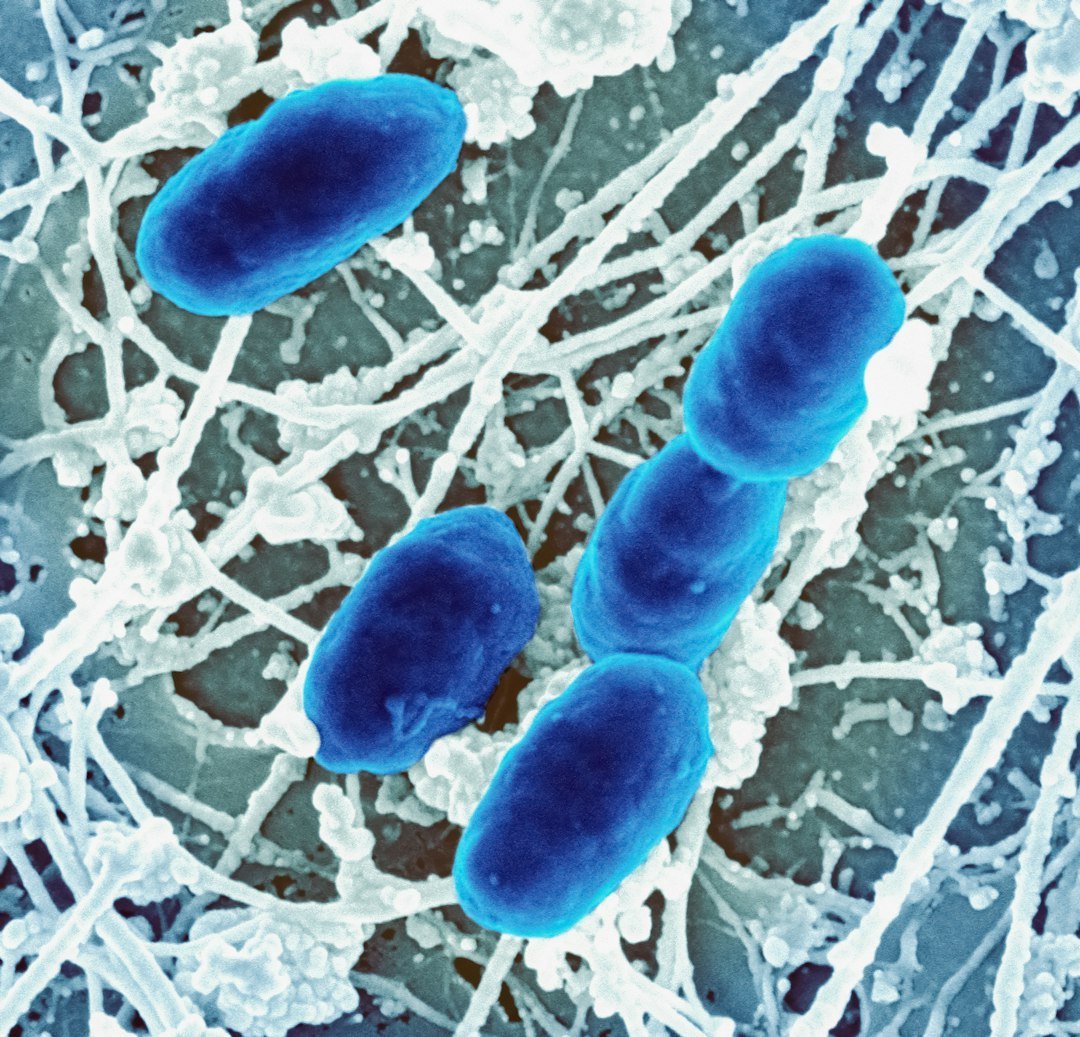
Microbial energy technologies attack problems that traditional renewables struggle with. Solar and wind are brilliant at producing electrons when nature cooperates, while microbes shine at turning messy, low-value feedstocks into steady power and storable fuels. Instead of competing, they complement: photovoltaics flood the grid at noon, while digesters or fuel cells sip from waste streams day and night. There’s also a powerful equity angle – waste exists everywhere, and transforming it locally can lower energy and sanitation costs. When communities keep value from their own waste, they’re less exposed to price shocks.
Compared with shipping fuel across continents, extracting energy on-site slashes transport emissions and infrastructure risk. Many wastewater facilities can offset a significant share of their electricity use by capturing biogas, and some already swing close to energy neutrality when conditions are right. Microbial systems also open routes to chemicals made from carbon dioxide instead of petroleum, broadening the toolkit for decarbonizing industry. In a world that needs cleaner molecules as much as cleaner electrons, that matters. The headline isn’t only greener power – it’s a tighter, smarter carbon loop.
Global Perspectives
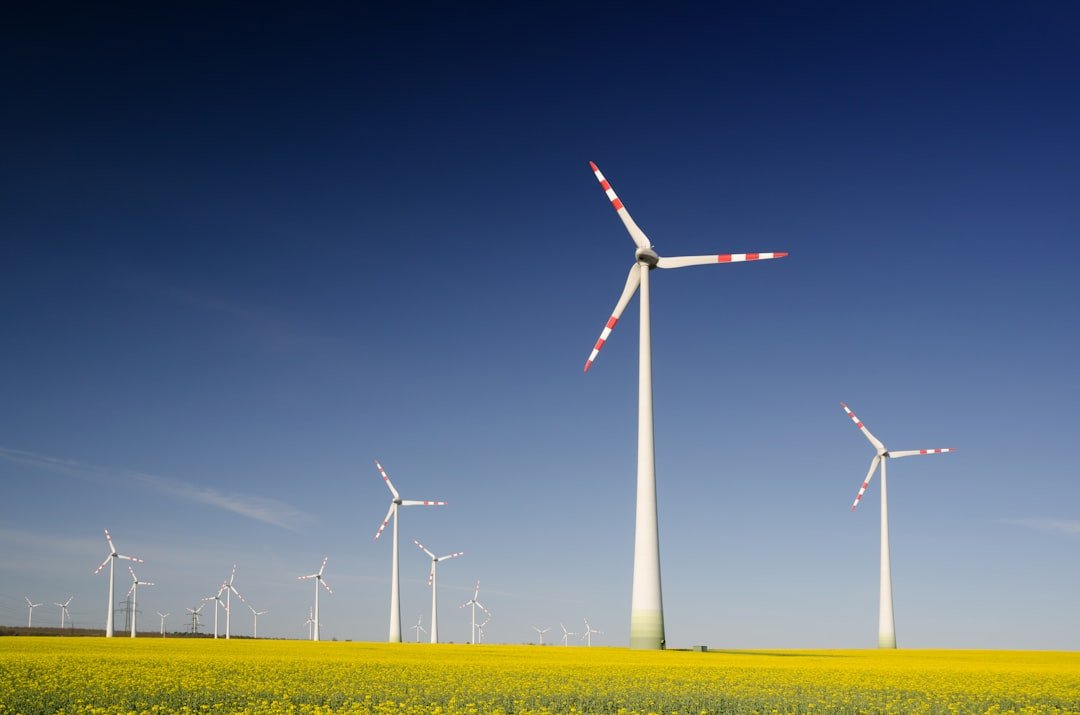
The most exciting applications don’t look the same in every region. In dense cities, retrofitting digesters and bioelectrochemical units into existing plants can unlock big wins with minimal new land. In rural areas, small biodigesters turn animal manure into cooking fuel and electricity, cutting indoor air pollution and improving livelihoods. Island communities and remote research stations can power sensors and communications gear from sediment fuel cells where fuel deliveries are scarce. The thread connecting them is resilience built from local resources.
I’ve watched field techs in developing regions light small lamps from biodigester gas while explaining how it replaced smoky stoves at home. That human payoff – cleaner kitchens, quieter nights, steadier power – often arrives before anyone talks about carbon. Meanwhile, industrial hubs explore microbial electrosynthesis to remake supply chains for solvents, fuels, and food ingredients. Even ships, ports, and aquaculture sites are experimenting with microbial systems that treat water while generating energy. Different geographies, same idea: let biology shoulder more of the energy work.
The Future Landscape
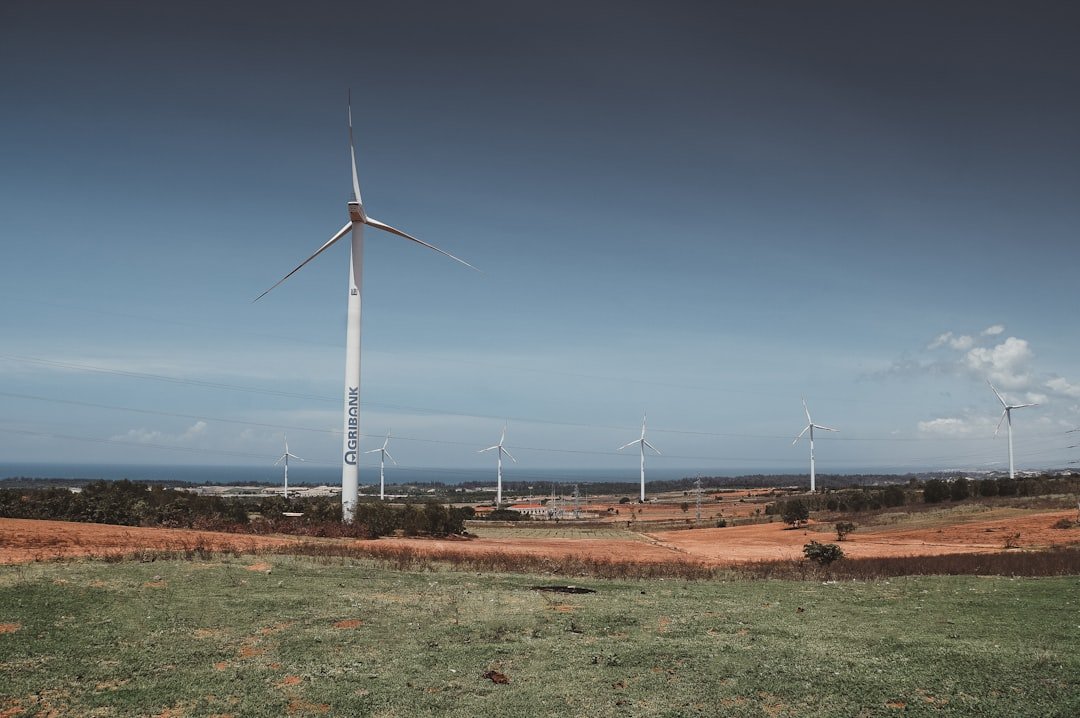
Three hurdles dominate the road ahead: power density, cost, and durability. Engineers are chasing denser biofilms, smarter electrode architectures, and catalysts that boost reaction rates without scaring off the microbes. Costs are falling as carbon materials replace precious metals and as manufacturing shifts from lab artisanal to industrial routine. Durability is improving with better control of pH swings, fouling, and competing microbes that can crash performance. Each incremental gain moves these systems from demos to dependable infrastructure.
On the horizon are hybrid plants that knit together solar, wind, batteries, and microbial units into one coordinated organism. Smart controls can route midday surplus into electrosynthesis, then draw biogas or direct-current output at night to cover the slack. Policy nudges – credits for waste-to-energy, procurement of low-carbon chemicals, standards for biogas quality – can speed adoption where the economics are close. Education will help too, because the idea of a “living battery” still feels counterintuitive until you see it. The most convincing argument may simply be a plant that runs quietly for years on streams we used to throw away.
What You Can Do
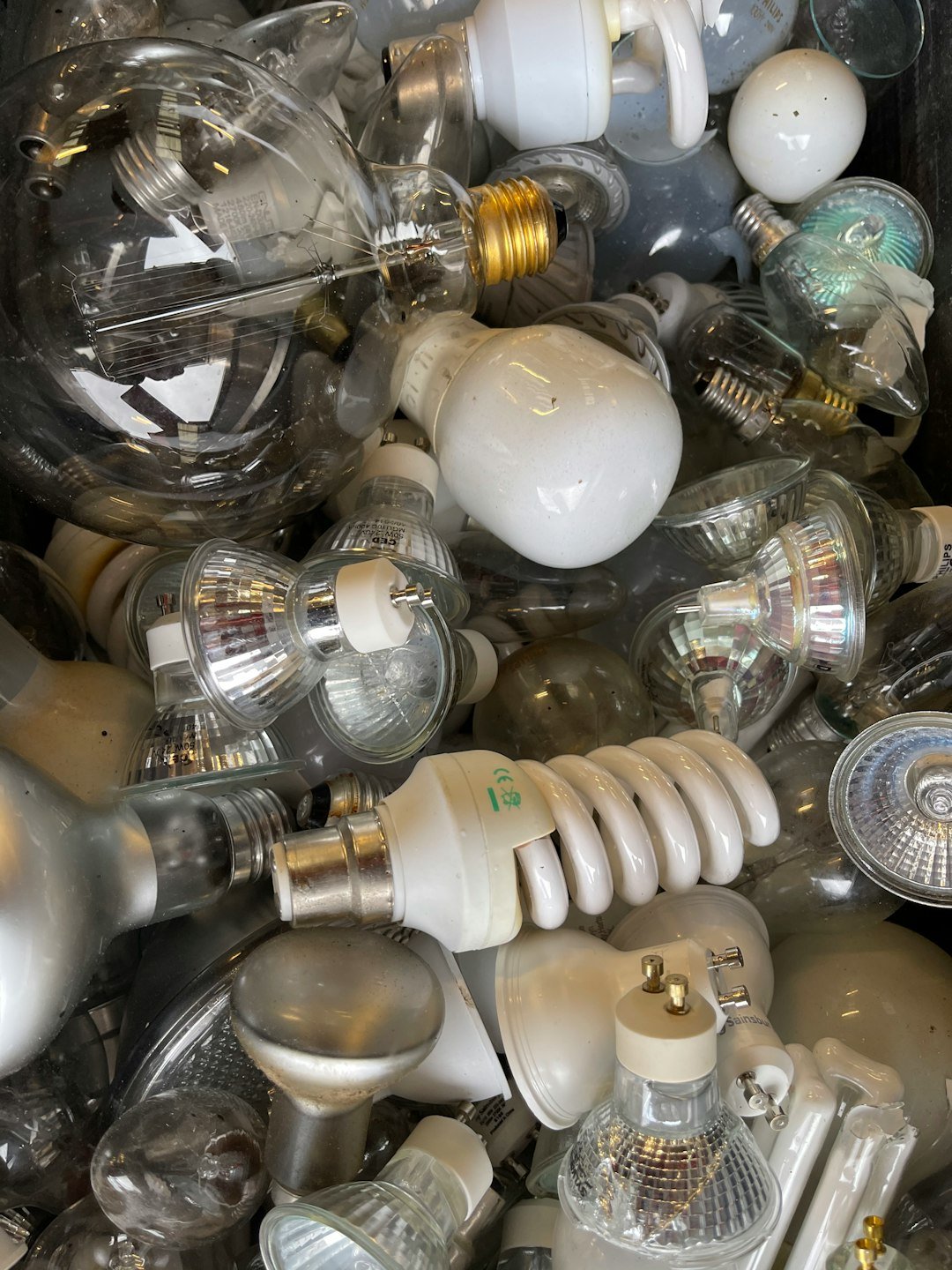
Start by rethinking waste at home and in your community. Separate organics where programs exist and support municipal plans that turn food scraps and wastewater into energy instead of landfilling them. If you work in facilities, agriculture, or food processing, explore audits that identify digesters or bioelectrochemical pilots suited to your streams. For educators and makers, classroom kits and open designs can bring living circuits to life for students and neighborhood labs. It’s easier to trust the idea once you’ve watched microbes nudge a meter or light a diode.
You can also back policies and organizations that scale these systems responsibly. Look for local utilities testing energy-positive treatment and ask how residents can participate or tour a site. When you choose products, consider companies pursuing low-carbon chemicals and fuels made via biological routes. Share credible stories that demystify the science without the hype, because public understanding shapes what gets funded. Small steps compound – especially when the power source is billions of living cells doing the work they evolved to do.

Suhail Ahmed is a passionate digital professional and nature enthusiast with over 8 years of experience in content strategy, SEO, web development, and digital operations. Alongside his freelance journey, Suhail actively contributes to nature and wildlife platforms like Discover Wildlife, where he channels his curiosity for the planet into engaging, educational storytelling.
With a strong background in managing digital ecosystems — from ecommerce stores and WordPress websites to social media and automation — Suhail merges technical precision with creative insight. His content reflects a rare balance: SEO-friendly yet deeply human, data-informed yet emotionally resonant.
Driven by a love for discovery and storytelling, Suhail believes in using digital platforms to amplify causes that matter — especially those protecting Earth’s biodiversity and inspiring sustainable living. Whether he’s managing online projects or crafting wildlife content, his goal remains the same: to inform, inspire, and leave a positive digital footprint.




